This morning, the National Assembly discussed in groups the merger of provinces and a law amending 11 laws related to the field of National Defense, including: Law on National Defense; Law on Officers of the Vietnam People's Army; Law on Professional Soldiers, Workers and Civil Defense Officials; Law on Military Service; Law on Vietnam Border Guard; Law on People's Air Defense; Law on Reserve Forces; Law on Civil Defense; Law on Management and Protection of National Defense Works and Military Zones; Law on Militia and Self-Defense Forces; Law on National Defense and Security Education.
The army has been reorganized in a provincial, compact, efficient and effective manner to ensure compliance with the two-level local government. Specifically, the district-level military commands were dissolved, the regional defense command was established under the provincial military command, and the provincial Border Guard command was dissolved and the Border Guard command was established under the provincial military command.
' In peace , we should strive, for the country to last forever'
General Phan Van Giang, Minister of National Defense, emphasized that the Regional Defense Command is not an administrative level but only a subordinate unit. The tasks of the District Military Command must be divided between the Commune Military Command and the Provincial Military Command.
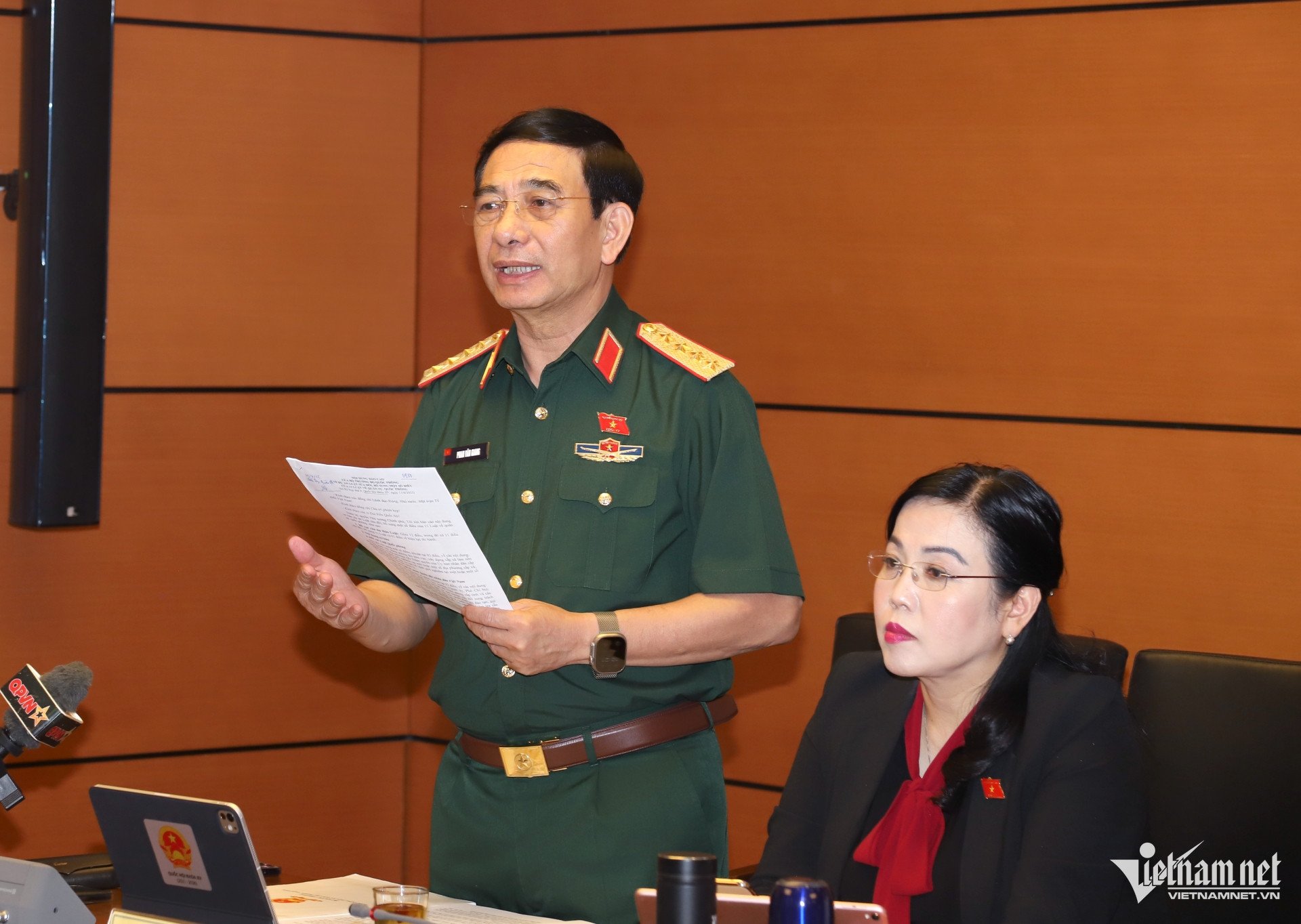
The Minister cited that previously the authority to call for military service was decided by the district-level military command, but in this revision of the Military Service Law, it will be assigned to the commune People's Committee chairman. "A province can recruit more than a thousand soldiers, but now it is assigned to each commune. The current commune level has gone from 10,035 to 3,321, in some places 3-4 communes, 2 communes, or 5 communes merged into one, but the average is 3-4 communes, so the commune chairman is in charge," the Minister explained.
A National Assembly delegate proposed clarifying the position and authority of the Regional Defense Command to ensure consistency in position, function, tasks and authority between the Commune Military Command, the Regional Defense Command and the Provincial Military Command.
The Minister of Defense emphasized the spirit of the law amendment is "to do well in peacetime but to calculate for when a situation occurs... Since ancient times, our ancestors have said 'in peacetime, we should strive, the country will last forever'. If we are not prepared, we will be surprised immediately, but we must prepare very carefully, very firmly, with many lessons and many plans...". From here, General Phan Van Giang emphasized the role of the Regional Defense Command when a situation occurs.
The Law on Militia and Self-Defense Forces has added the Air Defense Militia and Artillery Platoon to the Militia and Self-Defense Force organization. From the reality of conflicts and wars in the world, General Phan Van Giang shared that determining key areas for national defense is not an easy task, while it is possible to determine key areas for security.
The draft amended law stipulates that the Commander of the Commune-level Military Command is a civil servant to comply with the draft Law on Organization of Local Government and the Law on Cadres and Civil Servants.
The Minister of National Defense said that the civil servants of the Commune Military Command have not yet identified them as officers. If there is a situation, they will send officers from the Regional Defense Command to help the commune with some tasks. That is, training the militia and self-defense forces, developing plans to identify the commune as a fortress to protect the locality at the commune level...
The Minister said that each commune has about 5-7 people in the Military Command. If they are officers, with more than 3,300 communes after the merger, more than 15,000 officers will be needed. The Minister affirmed that this number is not small, so for now, the "ngu binh u nong" method will still be applied.
Regarding the province merger, some delegates were concerned about the fact that officials had to move to other localities to work but faced difficulties in housing conditions and ensuring their lives.
The Minister of Defense cited the fact that it takes 4 hours to travel from Dak Nong to Da Lat, Lam Dong by car, while Da Lat is a tourist city, the cost is expensive and officials moving to a new workplace must also bring their families along.
Therefore, General Phan Van Giang believes that there must be public housing and it must be built with the fastest method to ensure the lives of officials and civil servants.
Source: https://vietnamnet.vn/bo-truong-quoc-phong-ly-giai-cong-chuc-ban-chi-huy-quan-su-xa-khong-phai-si-quan-2410373.html




![[Photo] Parade of armed forces at sea](https://vphoto.vietnam.vn/thumb/1200x675/vietnam/resource/IMAGE/2025/9/2/98e977be014c49fca05fbb873eae2e8f)
![[Photo] Special national art program “80 years of journey of Independence-Freedom-Happiness”](https://vphoto.vietnam.vn/thumb/1200x675/vietnam/resource/IMAGE/2025/9/2/42dac4eb737045319da2d9dc32c095c0)
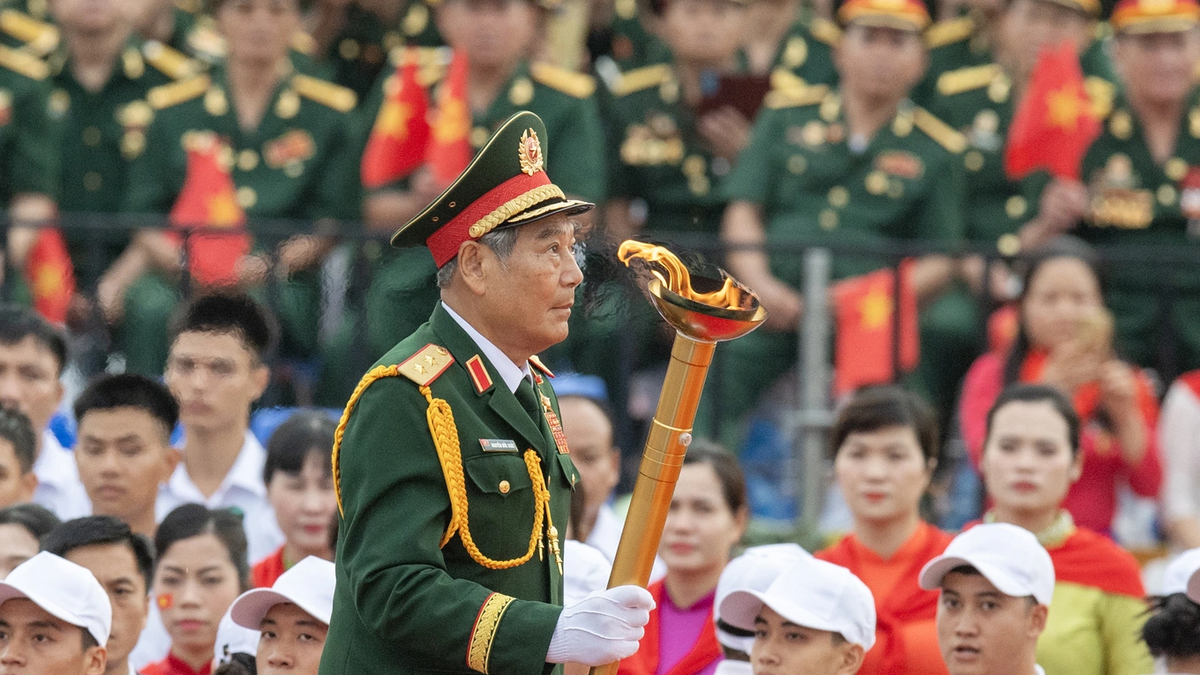


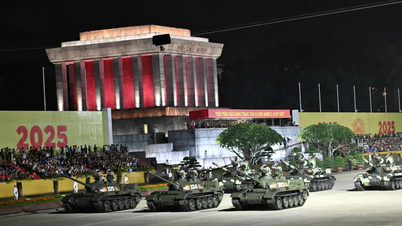

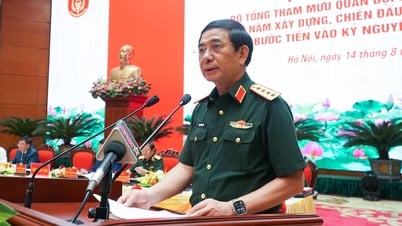
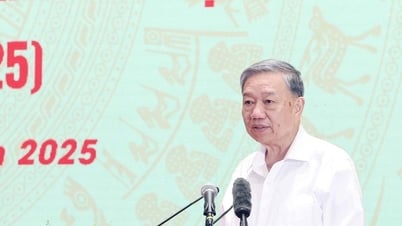
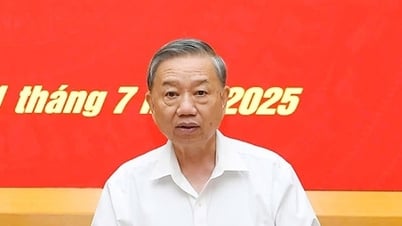
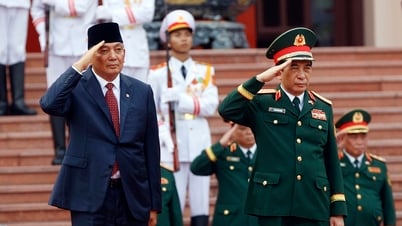
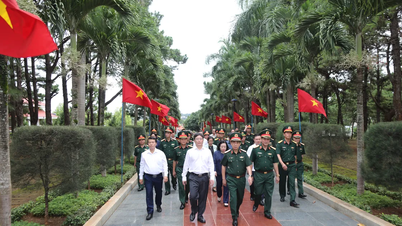
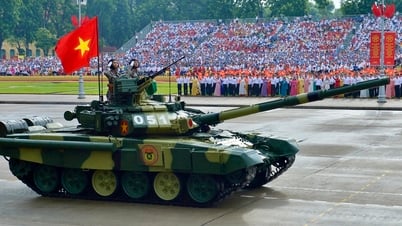

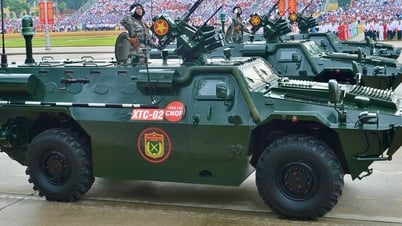

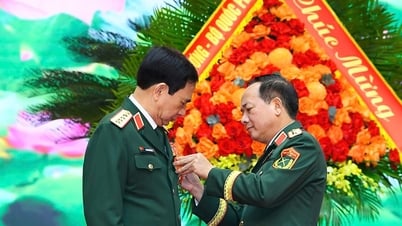



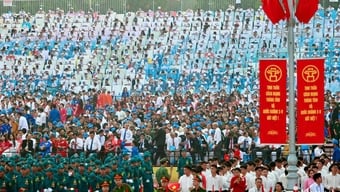
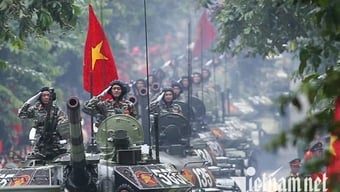

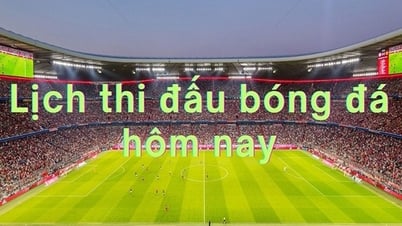
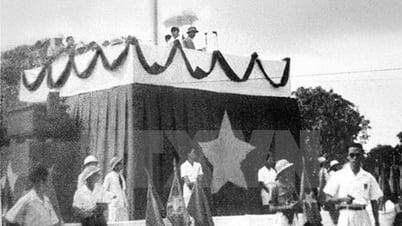



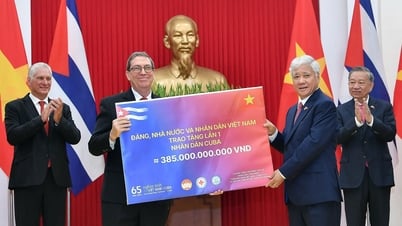
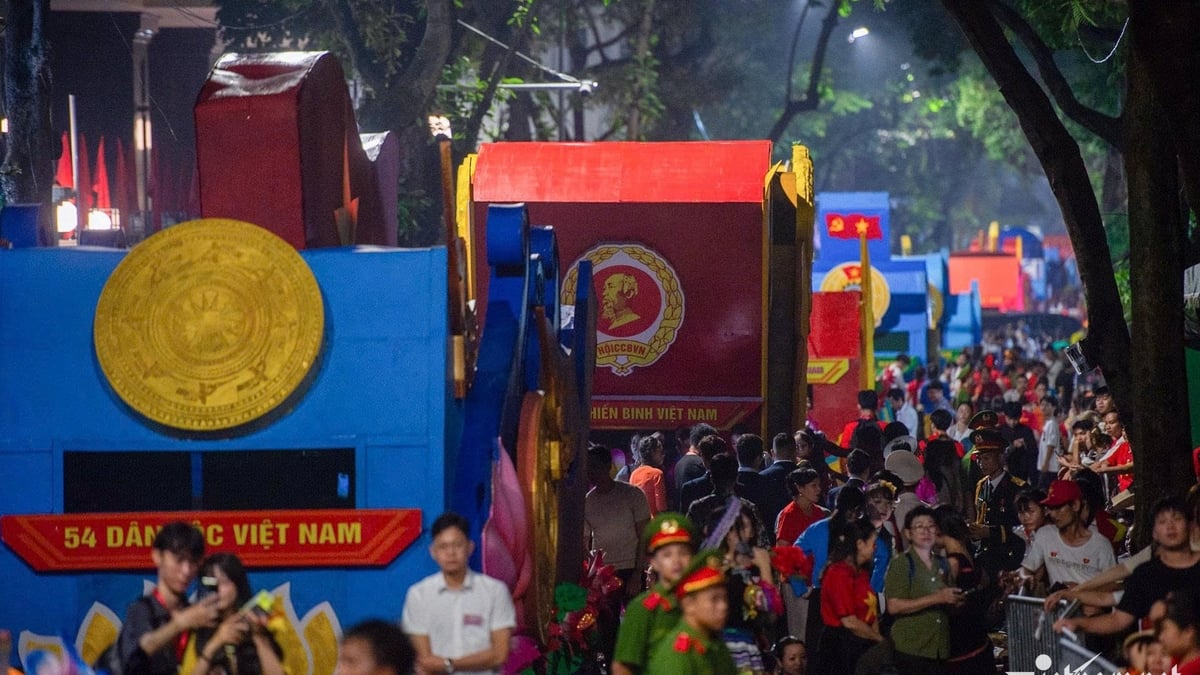

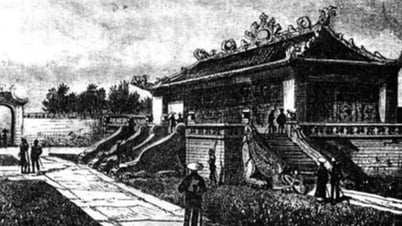
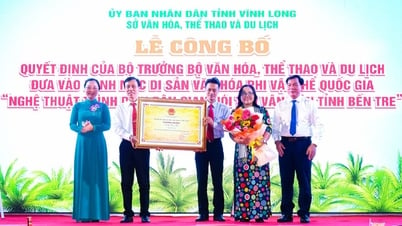










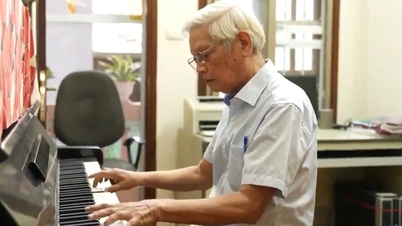










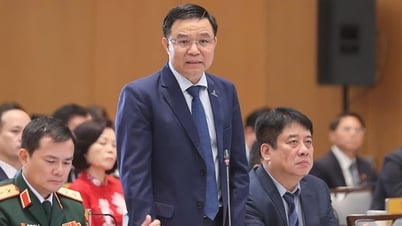
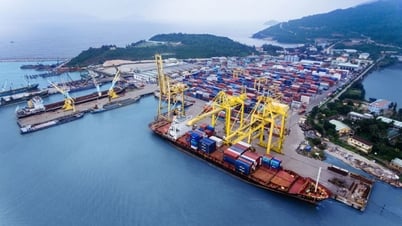

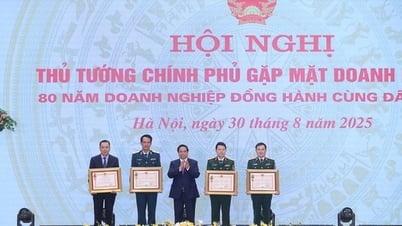
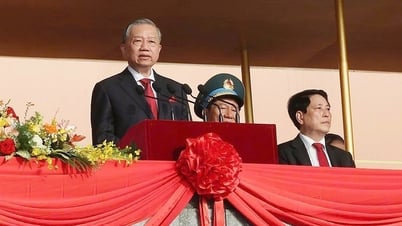

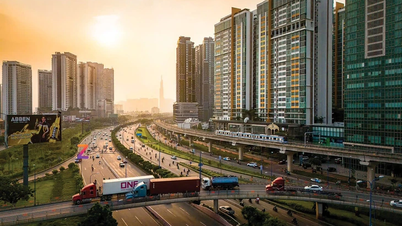
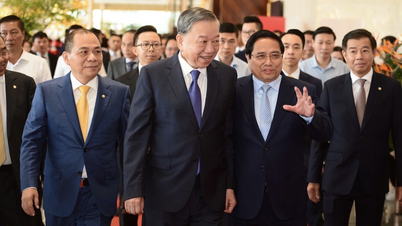



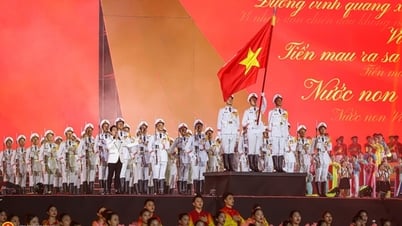


![[Live] Parade and march to celebrate the 80th anniversary of the August Revolution and National Day September 2](https://vphoto.vietnam.vn/thumb/402x226/vietnam/resource/IMAGE/2025/9/2/ab9a5faafecf4bd4893de1594680b043)

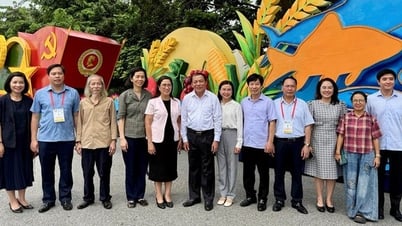
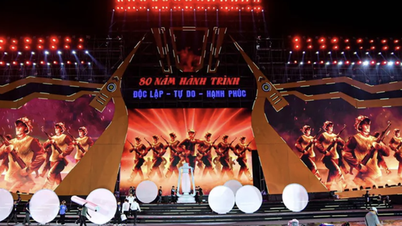
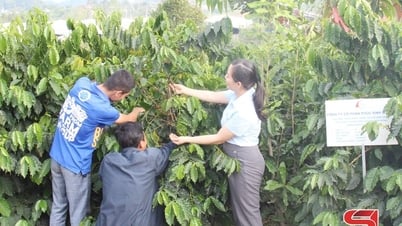




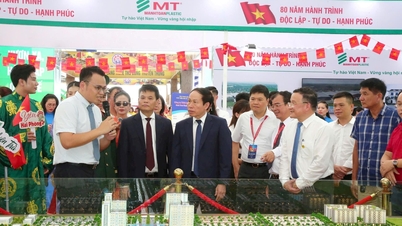

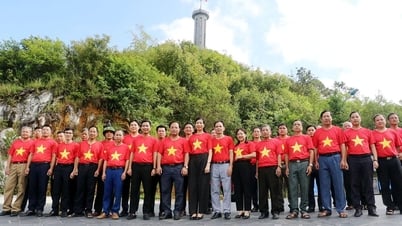
















Comment (0)